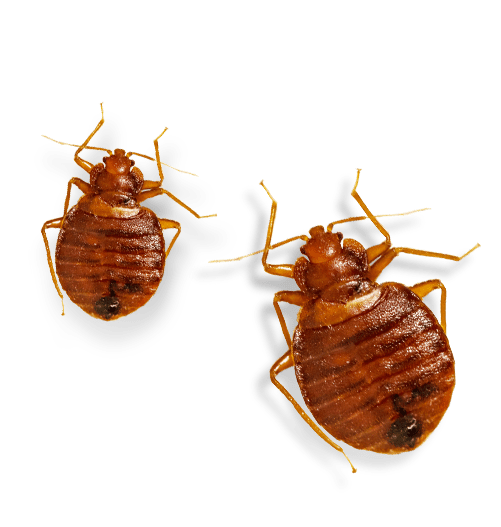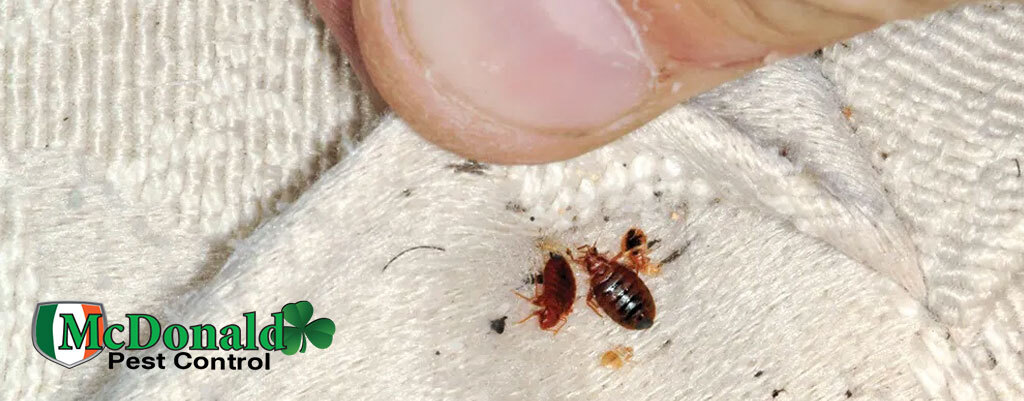Top Rated Pest Control Company in Arlington: Your First Choice for Pests
Obtain Enlightened Concerning the Kinds of Bug Control Methods and Their Advantages for Property Owners
Comprehending the numerous insect control approaches available to house owners is crucial for effective parasite management. Property owners that are knowledgeable can make critical selections that not only address insect concerns yet also boost the overall high quality of their living atmosphere.
Chemical Bug Control Approaches
Chemical pest control techniques are an essential element of integrated insect administration approaches for homeowners looking for effective remedies to pest infestations. These approaches include the application of chemical compounds created to get rid of or discourage pests that intimidate personal home, health and wellness, and convenience. Typical chemicals utilized consist of insecticides, herbicides, fungicides, and rodenticides, each tailored to target particular bugs.
The main advantage of chemical insect control is its rapid effectiveness; numerous solutions provide immediate outcomes, minimizing pest populations substantially in a short time. Furthermore, developments in chemical formulations have actually brought about products that are a lot more eco-friendly and have reduced toxicity degrees for non-target organisms when applied correctly.

Biological Bug Control Methods
All-natural pest control approaches have gotten prominence as property owners seek safer and more sustainable choices to conventional chemical approaches. Organic bug control methods make use of natural killers, parasites, or pathogens to handle insect populaces efficiently. This technique is not only ecologically pleasant yet additionally decreases the danger of harm to non-target types, consisting of valuable pests and wildlife.
One of the most typical organic control techniques includes introducing natural killers right into the atmosphere. Ladybugs can be made use of to regulate aphid populaces, while nematodes target soil-dwelling pests like grubs. Additionally, parasitoids-- organisms that live on or within a host-- can be employed to manage certain insect species by laying eggs inside them, eventually causing their death.
An additional strategy is using biopesticides, which are stemmed from natural products such as minerals, microorganisms, or plants (bed bug exterminator). These products can successfully target parasites while posing minimal danger to human beings and animals. Generally, organic pest control methods offer property owners with a reliable means of insect management that lines up with ecological concepts, advertising a healthier living environment while decreasing reliance on artificial chemicals
Mechanical Pest Control Techniques
Mechanical bug control strategies incorporate a range of approaches that physically avoid or eliminate parasites without making use of chemicals. These methods are especially valuable for home owners looking for eco-friendly choices while ensuring the safety and security of their space.
One usual approach is making use of barriers, such as displays, traps, and nets, which protect against pests from entering homes or details areas. Installing home window screens can efficiently keep pests out, while making use of physical obstacles around yards can hinder bigger insects like deer or bunnies. Furthermore, mechanical catches created for rodents can capture and eliminate these pests without the need for harmful compounds.
An additional effective method entails making use of mops and vacuums to get rid of insects directly from surface areas. Routine cleansing and upkeep can significantly minimize insect populations by eliminating food resources and concealing spots. Moreover, using gadgets like ultrasonic bug repellents can discourage various bugs through acoustic wave that are undesirable to them but faint to human beings.
Social Insect Control Practices
Cultural pest control methods concentrate on changing the atmosphere and management strategies to develop conditions that are less conducive to pest infestations. These methods are basic in preserving a balanced environment and lowering the reliance on chemical interventions. By altering agricultural practices, homeowners can efficiently prevent bugs while promoting plant health.
One typical method consists of plant turning, which disrupts the life process of insects by changing the kinds of plants grown in a specific area (bed bug exterminator). This not just reduces pest populations however also enhances dirt health. In addition, intercropping-- growing diverse plants in proximity-- can confuse insects and reduce their capability to locate their preferred host plants
Water administration is another vital element of cultural techniques. Appropriate watering methods can prevent standing water, which serves as a reproduction ground for insects and other bugs. Maintaining sanitation in and around the home, such as regularly removing particles and food waste, can significantly minimize bug destination.
Including these social techniques right into an extensive parasite administration method enables home owners to develop an environment that naturally prevents insects, thereby boosting the efficiency of other control techniques while advertising lasting gardening and landscaping.

Integrated Bug Administration Approaches
Integrated Bug Monitoring (IPM) represents an alternative strategy that combines different methods to effectively manage pest populations while reducing environmental effect. This methodology incorporates biological, cultural, physical, and chemical methods to accomplish sustainable insect control. By evaluating pest populations and their natural enemies, IPM emphasizes surveillance and recognizing insects before implementing control actions.
One of the core concepts of IPM is the use of thresholds, which establish the degree of parasite activity that necessitates treatment. This guarantees that treatments are used only when required, reducing the dependence on chemical pesticides. Organic control methods, such as introducing all-natural predators or bloodsuckers, work in go right here conjunction with cultural methods like plant turning and environment adjustment to interrupt pest life cycles.
Moreover, IPM encourages the use of least-toxic chemical alternatives when treatment is required, focusing on products that position minimal risk to non-target organisms and the setting. For house owners, taking on IPM approaches not just improves the effectiveness of pest management yet additionally promotes a much healthier living environment, cultivating biodiversity and reducing chemical direct exposure. Inevitably, IPM equips house owners to make enlightened decisions that balance bug control with eco-friendly duty.
Conclusion
In verdict, understanding the numerous insect control approaches equips homeowners to make enlightened decisions pest management pertaining to pest administration. Each approach-- chemical, biological, mechanical, social, and integrated insect monitoring-- supplies unique advantages that provide to different requirements and choices.
Understanding termite control the different insect control approaches available to house owners is crucial for effective bug monitoring.Chemical insect control approaches are a crucial part of integrated pest administration approaches for home owners looking for reliable options to pest problems. In general, organic pest control techniques give homeowners with an effective methods of bug administration that lines up with eco-friendly concepts, promoting a much healthier living atmosphere while minimizing reliance on synthetic chemicals.
Cultural pest control practices concentrate on modifying the environment and administration methods to produce problems that are less helpful to pest invasions.In verdict, comprehending the various pest control approaches encourages home owners to make educated choices concerning pest management.